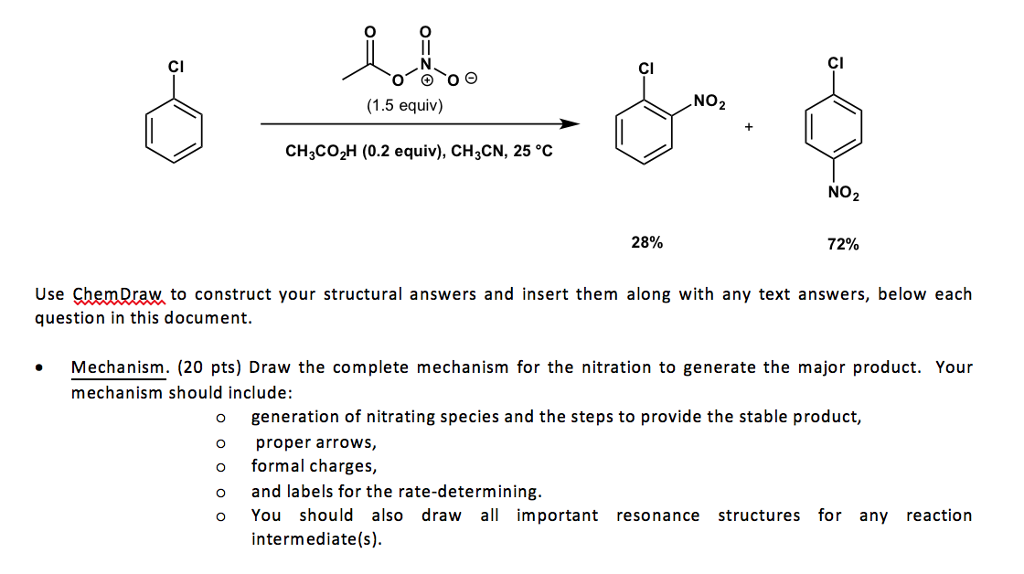
If the mechanism is basic, you may need to deprotonate an acidic atom as a first step, or maybe you'll promote an E2 elimination reaction. If the mechanism is acidic, you will probably need to protonate a heteroatom or π bond as your first step. If the mechanism is polar, determine whether the conditions are acidic or basic.Determine whether the mechanism is polar or free-radical chain.(Do not include π bonds they will naturally end up in the right places if the σ bonds are correct.) For example: Identify which σ bonds break and which σ bonds make in the course of the reaction, and write them out.This task sounds trivial and babyish, but it is more difficult than it sounds. Label the corresponding atoms in the products with the same numbers that they have in the starting materials.Number all non-H atoms, including heteroatoms, leaving groups, etc. Don't forget to number the atoms of any starting materials above or below the reaction arrow. Number the non-H atoms of the starting materials.If any atoms from the starting material are missing, they are probably in a coproduct that is not shown. (Draw in all the H atoms and the bonds to those H atoms near the reactive centers.) You would not believe how helpful this step can be. However, if you follow these instructions while you practice, you will quickly get the hang of drawing mechanisms.

The only way you will learn to draw mechanisms is by practice.
USING CHEM DRAW FOR MECHANISMS HOW TO
Please note that memorizing these instructions will not teach you how to draw mechanisms. Drawing mechanisms CHE 230 University of Kentucky Drawing mechanismsĪ common question on an organic chemistry exam is, "Draw the mechanism of this reaction." The following instructions should help you figure out how to solve this kind of problem.


 0 kommentar(er)
0 kommentar(er)
